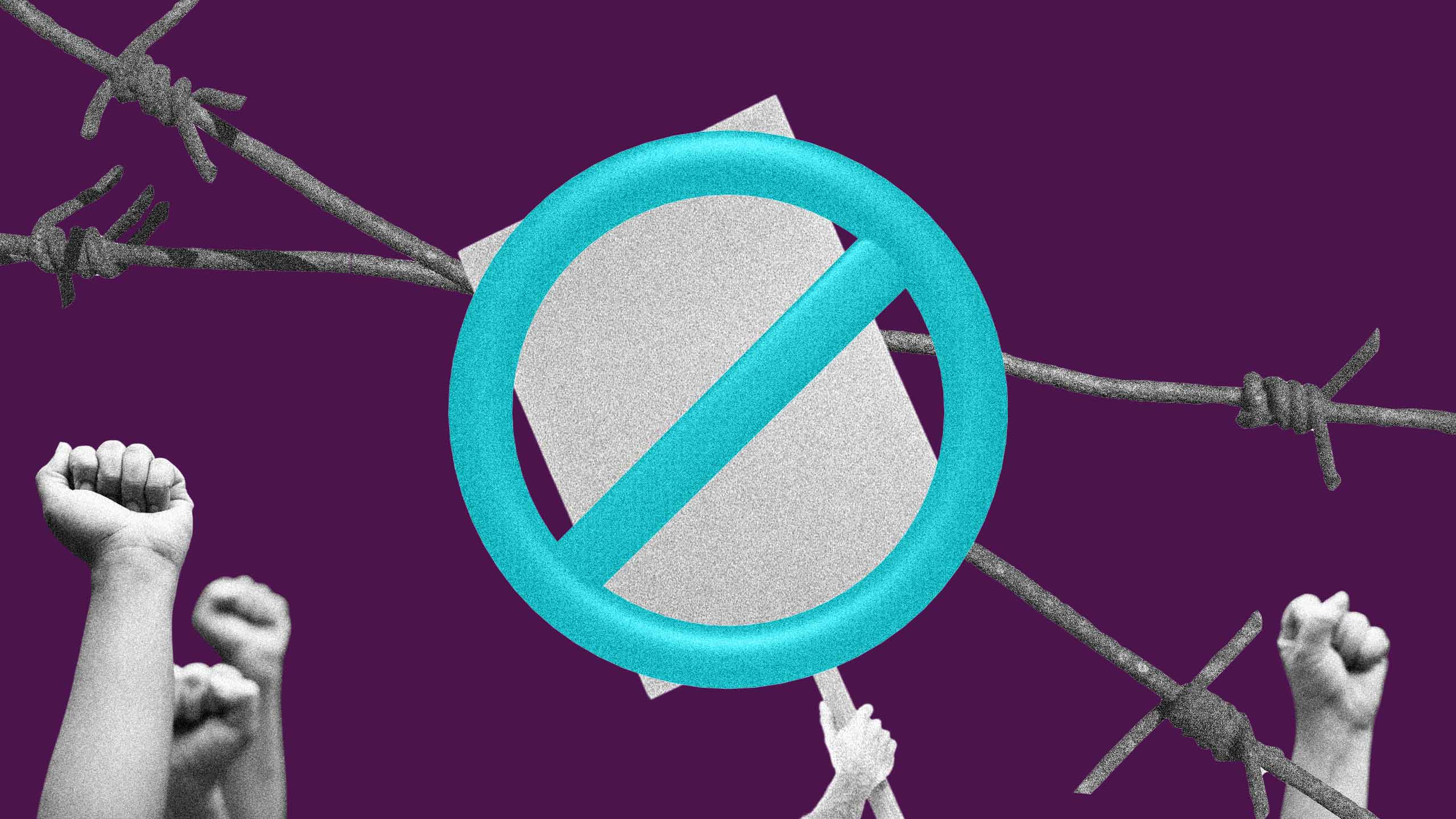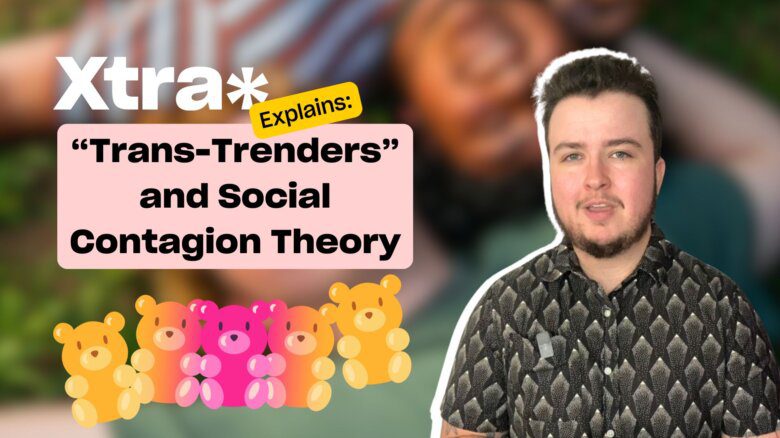This year in particular, queer- and trans-related promotions from companies large and small have been followed with boycotts and complaints about brands going “woke.” These stories have dominated LGBTQ2S+ media, but without deep context into how these actions impact the relationships consumers have with brands. A recent survey from queer advertising association Do the WeRQ and customer experience software firm DISQO is helping close this knowledge gap.
The survey, released in September, surveyed over 10,000 U.S. consumers on topics including perceptions of brand “wokeness” and what boycotts mean to them.
Kate Wolff, co-founder and co-chair of Do the WeRQ, says the LGBTQ2S+ community is almost an invisible minority, data-wise, after many years without legal protection from workplace discrimination in the U.S. “Because of that, there’s just this gaping hole of information on our community and how they behave and how they respond.”
According to the survey, a large majority of people—85 percent of LGBTQ2S+ people and 70 percent of the general population—think boycotts are appropriate to express customer feedback. While 80 percent of LGBTQ2S+ respondents have boycotted a brand, only 55 percent of the general population has.
But the data also suggests that boycotts mean different things to different people. For instance, when a brand backtracks on a social cause, only 42 percent of those surveyed immediately stopped buying or using the product or service. Of those boycotters, only half tell people in their social circles. In the past, consumers closely linked avoiding products, or telling others why they’re avoiding products, with boycotts. Today, boycotting covers a spectrum of measures, which can include speaking out on social media, even if someone isn’t a customer of the brand in question.
Age factors in as well. Consumers aged 55 and up, for instance, are more likely to stop buying products or services during a boycott than those aged 34 and under. Younger consumers are more likely to discard products, contact companies to relay concerns and post on social media as part of their boycott. In short: while older customers may be more prone to speak with their wallets, younger ones are more likely to speak out.
David Grabert, a DISQO vice president, suggests this is, in part, because “being on social media is like breathing” for younger consumers and that it costs nothing to do. Both he and Wolff think it will be interesting to watch the behaviours of this group shift in coming years as they enjoy greater economic power and choice. “They may not have that complete choice today, based on their economic status in the world, but in the future they will,” he says.
Overall, 47 percent of boycotters said they never returned to the boycotted brand, particularly the older consumers. Viewed against another recent survey, the February Gallup poll, which suggests 20 percent of Gen Z self-identifies as LGBTQ2S+, this suggests that over time, brands that support anti-LGBTQ2S+ policies or stances may lose customers for significant periods, if not forever.
For now, at least, younger consumers are more likely to return to the brand or company if it changes position.
“While we are understandably dismayed and hurt and angry when brands do the wrong thing, we are also ready for those conversations and are in the position of wanting progress more than being right,” Wolff says.
This excites Wolff, who says this doesn’t show a lack of commitment to the cause, but that these young consumers seek progress as opposed to principle, and lean in to active listening instead of cancel culture.
“The data here is emblematic of a tidal wave shift that is coming with the younger generation,” Wolff says. While they are currently offering companies grace when they backtrack or change positions on LGBTQ2S+ issues, that is unlikely to be a permanent condition. Wolff says. “When they rest in their full [economic] power, and they will just by time alone, I think that grace will start to diminish.”
The survey from DISQO and Do the WeRQ also features insights into consumer perceptions of wokeness, suggesting that it is quickly losing meaning as a catch-all term for left-leaning equity causes. About 58 percent of respondents associate it with LGBTQ2S+ rights, followed by Black rights (53 percent) and women’s rights and health issues (52 percent). This splintering may be why only 22 percent of the overall survey audience said the term continues to be important in the fight for social justice.
Today, critics on the political right frequently weaponize the term against equity-seeking groups, including the LGBTQ2S+ community. It’s a massive shift, Wolff says, from a few years ago when the term was heavily associated with Black Lives Matter protests and lacked the vitriol with which some politicians, like Florida’s governor and Republican presidential hopeful Ron DeSantis or other prominent figures like Elon Musk use it. “It was really about shining the light on the inequalities and the systematic oppression and the world took a beat and looked at that seriously,” Wolff says. “Over time, with the expansion of that lens to queer people, I think it started to flip on itself.”
Consumer perceptions of wokeness vary. One-third of those surveyed think more highly of a woke company, another third think less of it and the final third are indifferent. Those who think more highly of woke companies are LGBTQ2S+ people (65 percent) and Gen Z (42 percent), and those who think less are baby boomers (44 percent) and non-LGBTQ2S+ people (37 percent). Though 52 percent of surveyed LGBTQ2S+ consumers like the term “woke,” the majority is slim.
Grabert hopes brands and advertising agencies and marketing professionals will use the findings of this survey to make better decisions. By backtracking, softening or weakening their message in walking it back, companies alienate the LGBTQ2S+ audience. “That’s not really the smartest business move, especially with the size and growth of the LGBTQ2S+ community,” he says. At the end of 2021, the global purchasing power of queer and trans consumers was estimated at US $4.7 trillion, according to the asset management and corporate advisory firm LGBT Capital.
It can be easy for queer and trans consumers to feel fatigued by today’s political and social challenges facing equity-seeking groups, Grabert says. But a bright spot of the survey is a majority of those surveyed believe it’s important for brands to help protect the LGBTQ2S+ community from discrimination. This ranges from 69 percent of non-LGBTQ2S+ people to 97 percent of LGBTQ2S+ community members. Furthermore, about three in five people surveyed feel that brands can impact political decisions that affect the community.
Wolff says it is paramount today for consumers to stand for what they believe in and to speak out. “I think we’re at a place where the products and services we opt in to should be reflective of the things we care about,” she says, especially given that the community’s “rights to exist” are at stake.
Grabert adds it’s important not to get worn down. “Continue to make your purchase decisions based on what you believe is right based on your values,” Grabert says. “Now is not the time to let fatigue set in. Keep your energy level up through these tough times.”


 Why you can trust Xtra
Why you can trust Xtra


